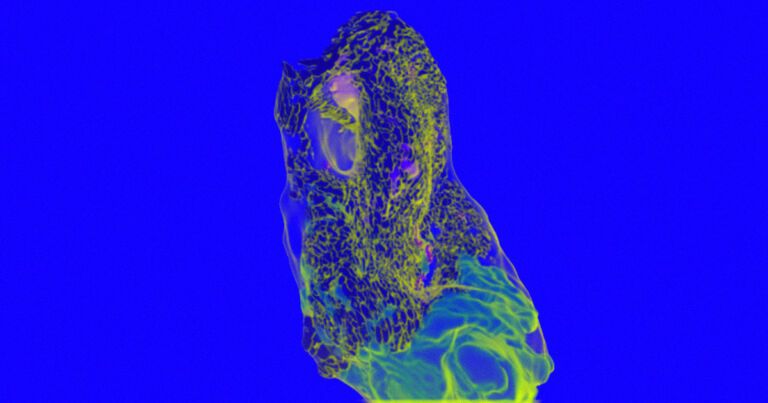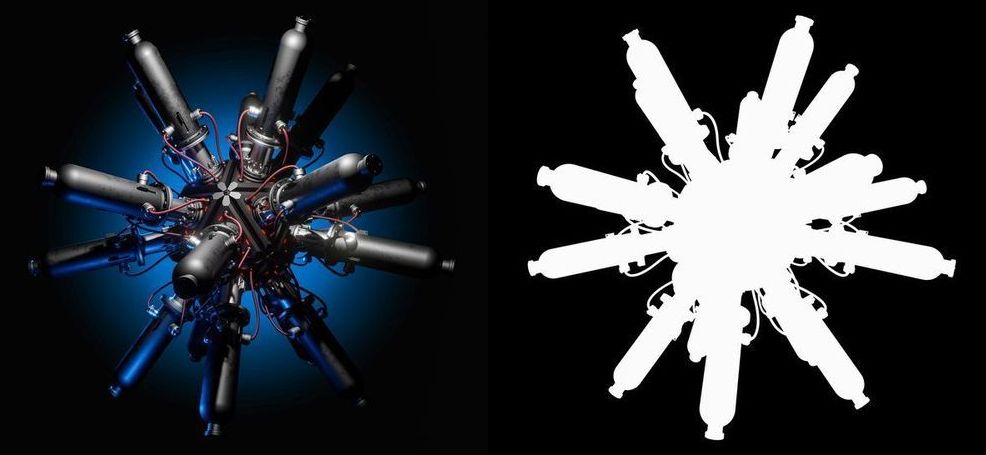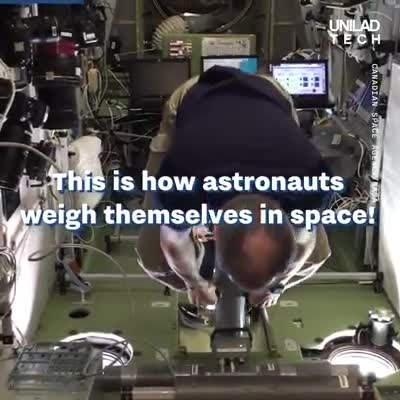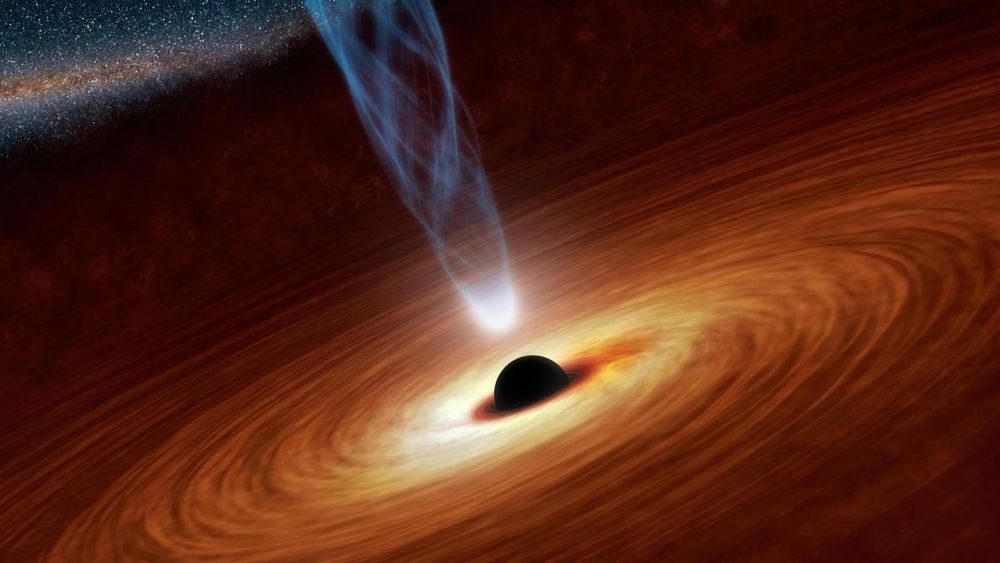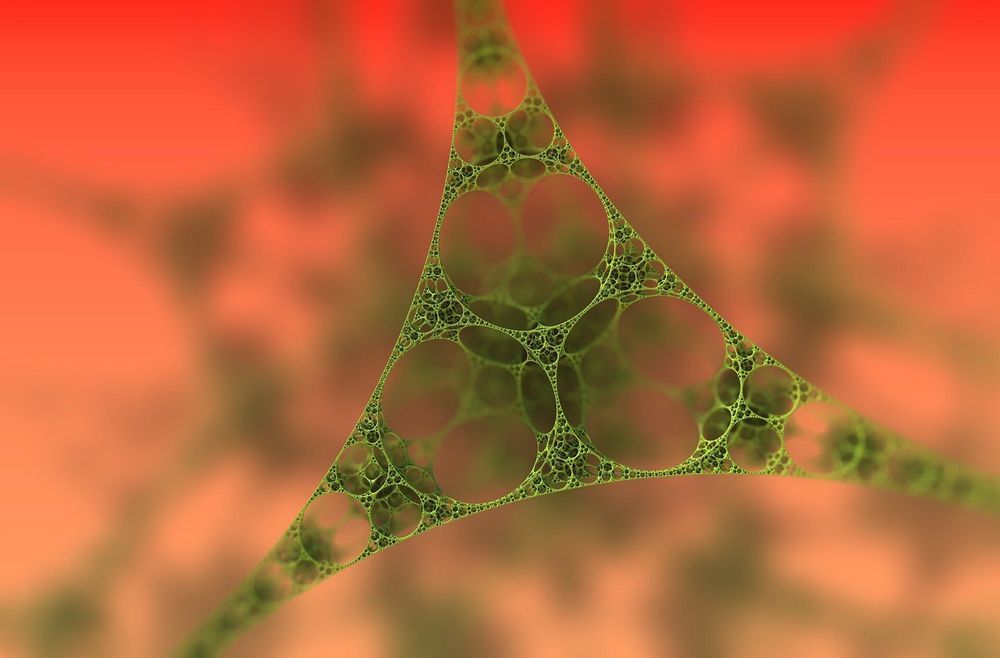Oct 20, 2020
Scientists Claim to Discover New Organ in Human Skull
Posted by Quinn Sena in category: biotech/medical
“It seems like they may be onto something,” Dr. Valery Fitzhugh, a Rutgers University pathologist who didn’t work on the study, told the NYT. “If it’s real, it could change the way we look at disease in this region.”
The fourth pair of salivary glands are better hidden than the other three, which are right beneath our skin and can be manipulated through the surface. So unless doctors were explicitly looking for them, it’s feasible to see how the easily-damaged glands went undiscovered all this time.
Continue reading “Scientists Claim to Discover New Organ in Human Skull” »
